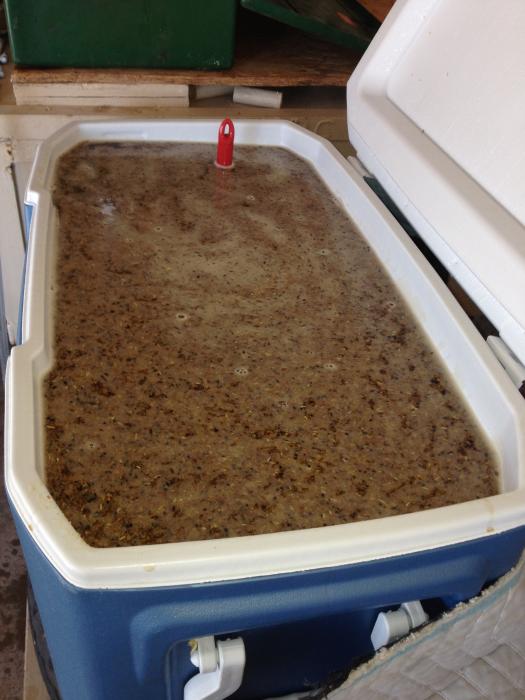You need to evaluate what you want out of your equipment and where you think you'll be going. I will tell you that it's probably more efficient to go 10gal if you're going All Grain. The cost differential from 5-10gal when first upgrading is really not alot. Spend a couple weeks reading all the threads on brewstands, and systems that people have built. You'll get the pros/cons out of those threads. It's worth the time reading!
What I did was get a good burner to handle the larger boil (I splurged for a blichmann) in a Keggle. And 2x 10gal coolers. 1 false bottom for MLT one with a diptube for HLT. Next you will need some type of Chilling.
It's mandatory for good beer. You can buy or make a nice immersion chiller.
You'll need 2 fermenters or +10gals fermentation space. And since you're producing more beer....
It might be time to upgrade to Kegs at this point too. Now bottling day requires twice the work.
All of this stuff is a progression based on what you feel you want out of your brewday and beer.
It's taken me 3 years to grow.
I started with this...
Evolved to this....
Now up to here...












